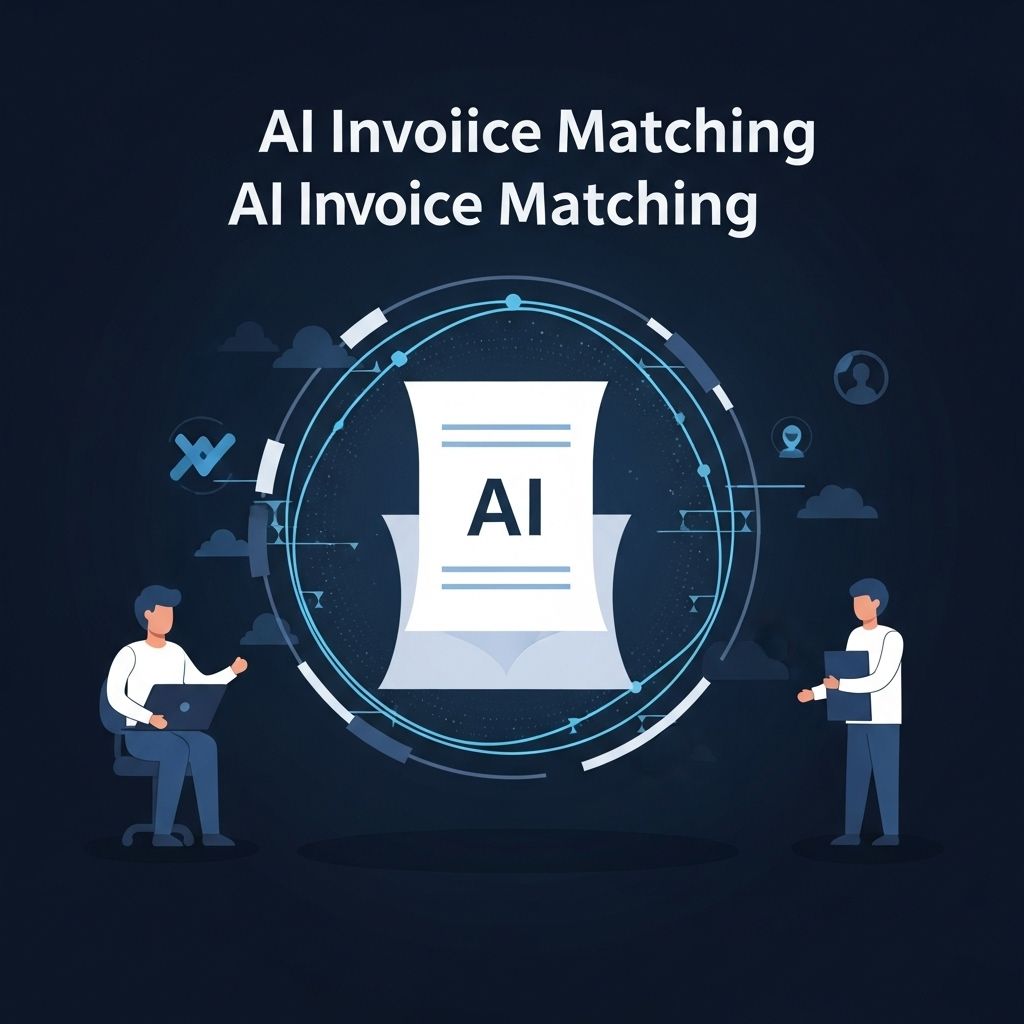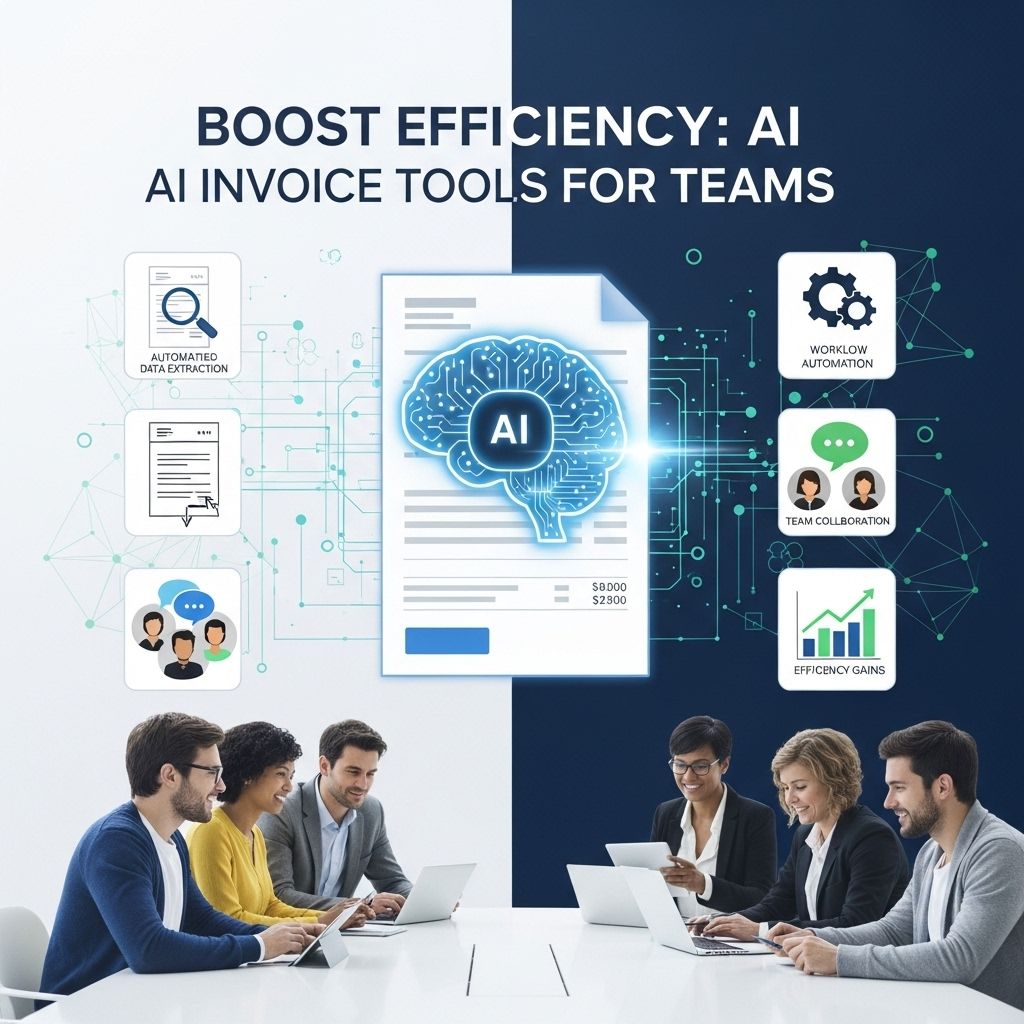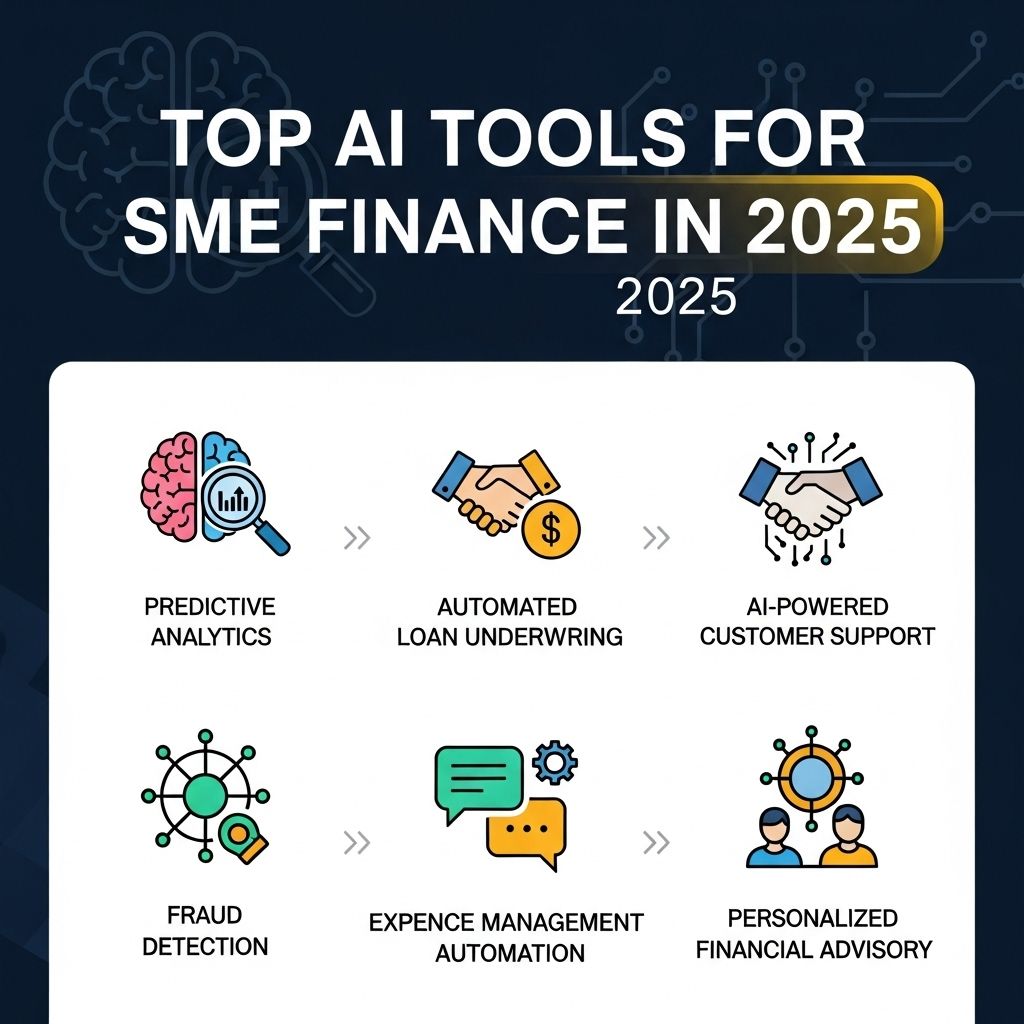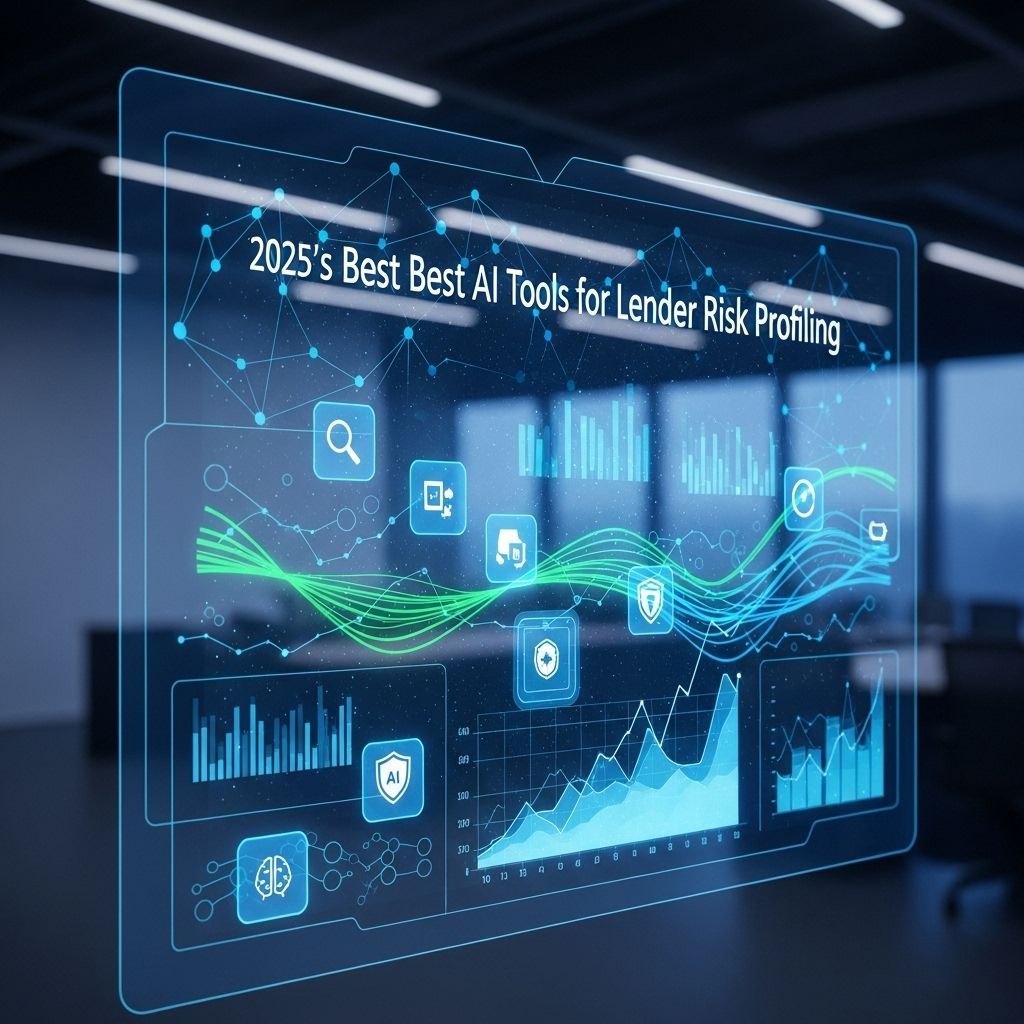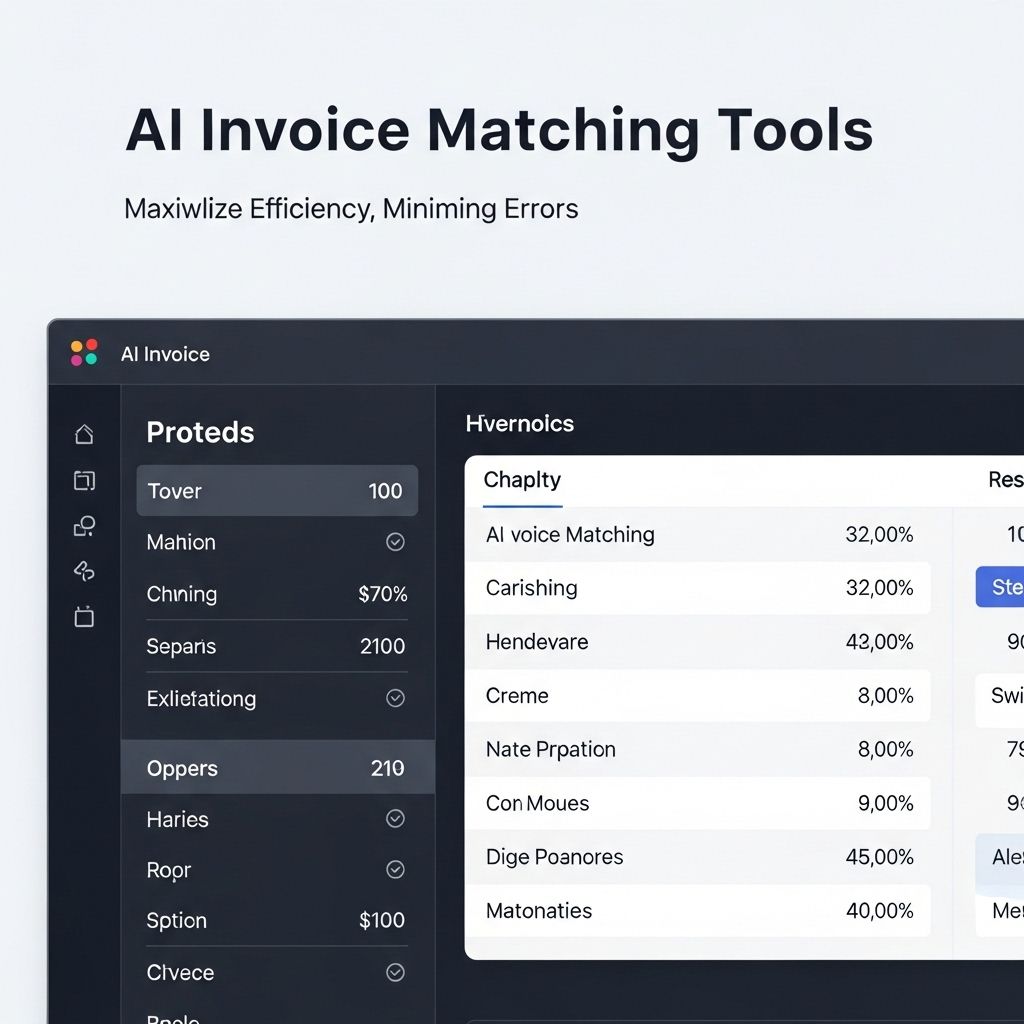Revolutionize Finance with AI Predictive Modeling Tools
Discover how AI predictive modeling tools are transforming the finance industry, enhancing decision-making and driving innovation.

The financial landscape is rapidly evolving, driven by technological advancements that are reshaping how we approach investment, risk assessment, and decision-making. Among these innovations, AI predictive modeling tools stand out as transformative assets for financial professionals seeking to gain a competitive edge. By leveraging vast amounts of data and sophisticated algorithms, these tools enable analysts and strategists to foresee market trends, optimize portfolios, and enhance overall financial performance.
Table of Contents
The Rise of AI in Finance
Artificial intelligence (AI) has infiltrated various industries, and finance is no exception. With the ability to analyze large datasets and identify patterns that would be impossible for humans to detect, AI is revolutionizing how financial institutions operate. Here are some key areas where AI is making an impact:
- Fraud Detection: AI algorithms can analyze transaction patterns to identify and flag fraudulent activities in real time.
- Algorithmic Trading: AI-driven models execute trades at speeds and volumes that human traders cannot match.
- Risk Management: AI tools assess and predict market risks, helping firms make informed decisions.
- Customer Service: Chatbots powered by AI provide personalized support and financial advice to clients.
Understanding Predictive Modeling
Predictive modeling is a statistical technique that uses historical data to forecast future outcomes. In finance, it plays a critical role in identifying investment opportunities and managing risks. The process involves several steps:
- Data Collection: Gather relevant historical data, which may include financial statements, market trends, and economic indicators.
- Data Cleaning: Preprocess the data to remove any inconsistencies or inaccuracies.
- Feature Selection: Identify the key variables that impact the predictions.
- Modeling: Apply statistical algorithms to create a predictive model.
- Validation: Test the model’s accuracy using unseen data.
- Implementation: Use the model for real-time predictions and decision-making.
Types of AI Predictive Modeling Tools
Various AI predictive modeling tools are available, each catering to different aspects of finance. Here is a breakdown of some popular tools:
| Tool Name | Primary Use | Key Features |
|---|---|---|
| IBM Watson | Data analysis and insights | Natural language processing, machine learning, and predictive analytics |
| TensorFlow | Deep learning applications | Open-source library for numerical computation and large-scale machine learning |
| RapidMiner | Data science platform | Data preparation, machine learning, and model deployment |
| H2O.ai | Automated machine learning | Speed and performance, with tools for data scientists and business analysts |
Benefits of Using AI Predictive Modeling Tools
Incorporating AI predictive modeling tools into financial strategies can yield numerous advantages, including:
- Increased Accuracy: AI models often provide more accurate predictions than traditional methods.
- Time Efficiency: Automation of data analysis saves time and allows teams to focus on strategic initiatives.
- Scalability: AI tools can handle large volumes of data, making them suitable for organizations of all sizes.
- Real-Time Insights: Predictive models can analyze data as it streams in, providing immediate insights and actionable intelligence.
Challenges and Considerations
Despite the advantages, there are challenges associated with AI predictive modeling tools. Financial institutions must navigate the following issues:
- Data Privacy: The use of personal and sensitive data raises concerns about privacy and compliance with regulations.
- Model Bias: AI models can inherit biases present in training data, leading to skewed predictions.
- Integration: Incorporating AI tools with existing systems may require significant effort and resources.
- Skill Gap: A lack of skilled data scientists can hinder the effective implementation of AI solutions.
Future Trends in AI Predictive Modeling for Finance
The future of AI predictive modeling in finance is promising, with several emerging trends expected to shape the industry:
- Enhanced Explainability: There will be a push for models that provide clearer explanations of their predictions, fostering trust among stakeholders.
- Augmented Intelligence: AI will complement human expertise, rather than replace it, allowing professionals to make better-informed decisions.
- Self-Learning Models: Future models will increasingly be able to learn from new data autonomously, improving their performance over time.
- Greater Collaboration: Financial firms will adopt AI tools not just for internal analysis but also for collaboration with fintech startups for innovative solutions.
Conclusion
AI predictive modeling tools are set to revolutionize finance by providing deeper insights, enhancing decision-making capabilities, and ultimately leading to better financial performance. As these technologies continue to evolve, financial professionals must embrace AI’s potential while remaining cognizant of the associated challenges. By doing so, they can position themselves at the forefront of innovation in an increasingly competitive market.
FAQ
What are AI predictive modeling tools in finance?
AI predictive modeling tools in finance are advanced software applications that use artificial intelligence algorithms to analyze historical data and predict future financial trends, helping businesses make informed decisions.
How do AI predictive modeling tools improve financial forecasting?
These tools enhance financial forecasting by providing accurate predictions based on complex data analysis, identifying patterns, and minimizing human errors in judgment.
What industries can benefit from AI predictive modeling in finance?
Industries such as banking, insurance, investment, and retail can greatly benefit from AI predictive modeling by optimizing risk assessment, fraud detection, and customer engagement strategies.
Are AI predictive modeling tools easy to implement in existing financial systems?
Yes, many AI predictive modeling tools are designed to integrate seamlessly with existing financial systems, allowing for easier implementation and adaptability.
What are the potential challenges of using AI predictive modeling tools in finance?
Potential challenges include data quality issues, the need for skilled personnel to interpret results, and concerns regarding the transparency of AI decision-making processes.
How can businesses ensure the accuracy of AI predictive models?
Businesses can ensure the accuracy of AI predictive models by regularly updating their data, using diverse data sources, and continually testing and refining their models to adapt to changing market conditions.

